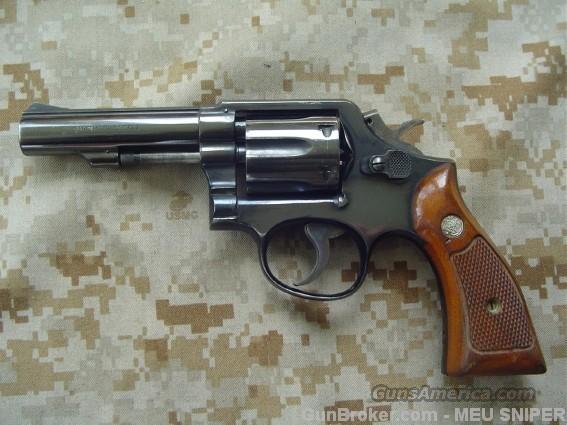
Magnums were not universally adopted but if they were, many agencies required them to be loaded with. 38 Specials generally employed a 158-grain bullet with an initial velocity of 800–900 fps but there were a couple of hotshot invigorated options, of course. 357 Magnum capability, considering the larger range in velocities and resulting shifts in point of impact. Adjustables were for sporting/target revolvers and made more sense on guns with. The OP shown here is a 1958-vintage 5″ model, not quite as minty as the Smith.īoth guns feature a hammer-mounted firing pin, square checkered-walnut butt, and, in deference to their service roles, fixed sights. For a steeper price tag, of course, either could be had in nickel. The Colt Official Police was a bit pricier circa 1968 - $110 blued and slightly heavier because it was built on Colt’s. Still early enough to enjoy beautiful bluing, Magna grips, and a pinned barrel. My specimen is a “10-5,” made in 1972 by the numbers. It only became the Model 10 in 1957 when Smith went to numbers. The Model 10 was the culmination of S&W’s original M&P series. By 1970, Colt had made 400,000 Ops - a whole lot of Colt anythings. It began as the Army Special, but was “deluxified” in 1927 and christened the “Official Police.” The final three years of its run saw the original format altered to the Mk III line (in essence, a different gun), which never achieved the success or cachet of the original.


Neither sprung fully formed “as is.” The Official Police’s manufacturing run was a lengthy one from 1908 to 1969. 38 Special service revolvers epitomizing the struggle for primacy in the LE market, they would have to be Colt’s Official Police (OP) and Smith & Wesson’s Model 10.


 0 kommentar(er)
0 kommentar(er)
